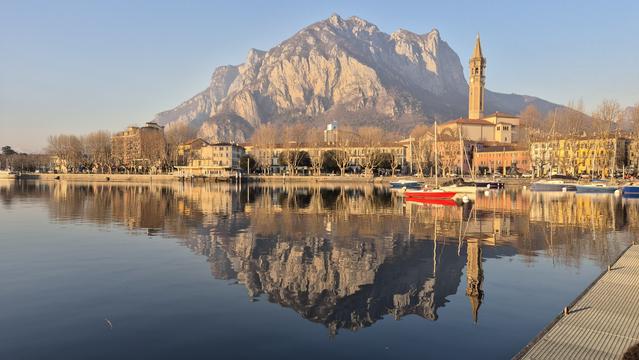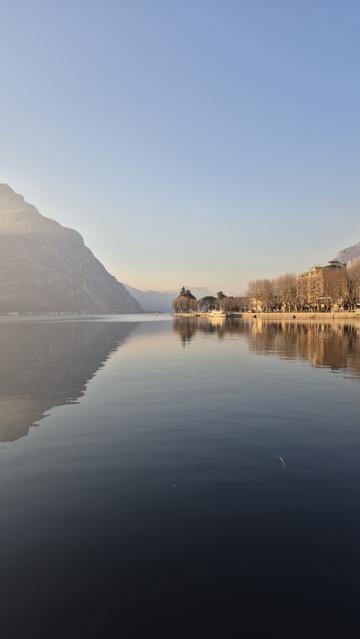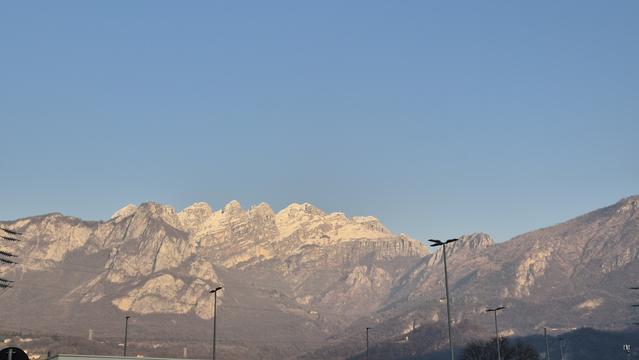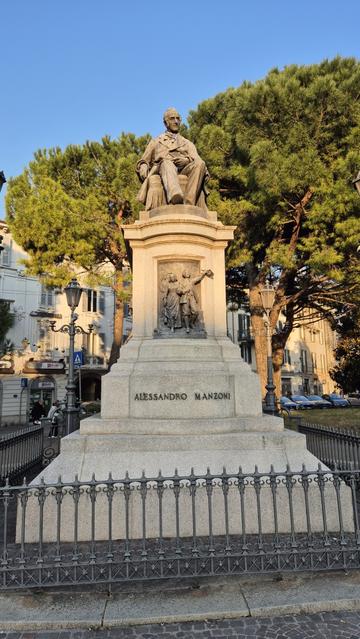‘bit’ n. 5, novembre 1967 (con interventi di Celant, Manzoni, Vautier)
https://archive.org/details/bit-5/mode/2up
‘bit’ n. 5, novembre 1967
*
Germano Celant
Poor-art Arte povera
GALLERIA LA BERTESCA, GENOVA ~
Nothing happens on the screen; a man sleeps; an ice-cream cone melts; nothing happens on the canvas; if not the canvas, the sea is made of blue water; the fire is made of flame; a drama is made of gestures; a pavement is made of bricks, a pile is made of tubes heaped one upon the other.
This is the description of a film by Warhol, a film by Andersen, a canvas by Paolini, a sculpture by Pascali, theater by Grotowsky or Ricci, a «space» by Fabbro, a «gesture» by Boetti. What’s happening? The banal and the insignificant begin to exist. Physical presence and behaviour itself becomes art.
The instrumentai sources of language are made to undergo a new research in philology. A new humanism comes into being and the arts posit themselves as non-fictions, as simple registrations of reality. They intentionally renounce all semantic convention; they desire to do no more than to make statements. The research is purified of everything that could appear to be reflection or mimetic representation — habit — and the move towards a kind of art that, according to Grotowsky’s theatrical hypotheses, we might define as poor.
The cinema — Empire or Sleep by Warhol, or Melting by Andersen — returns to its simplest manifestation, a single image that moves; it returns to cinema and does not become film; it reproduces action and the present, without any kind of montage, no attempt to place the action within history. And thus with the theater. It eliminates the superstructure of the written and the spoken; it eliminates linguistic artifice and returns to the situations that are elementary. It revives the gesture and the imitation. This is the rebirth of the work of the actor as a creator of signs. And likewise in the plastic arts, visual reality is seen in its essence. The visual superstructures not directly related to the object are refused, and the empirical nature of the research is exalted. (Paolini). The definition reduces itself to a mode of acting — to its essence. (Boetti, Fabbro, Pascali). Thus the «gestures» of Boetti are no longer an accumulation, a juncture, an incision, but rather the evidence of them. They are an immediate understanding of every behavioral archetype. It is thus a poor art that redimensions our false consciousness of the real, — a return to the real man operating in a space that is banal and quotidian like the space of our reality.
(p. 6)
*
Piero Manzoni
Free dimension
The emergence of new conditions and the appearance of new problems imply, together with the necessity of new solutions, new methods and new terms of measurement. One does not leave the ground merely by running and jumping; wings are required. Modifications are not sufficient; the transformation must be integral.
Allusion, expression and representation are non-existent problems today — and I wrote about this some years ago — whether one is dealing with objects, facts, ideas or dynamic or inert phenomena. A painting has value in as much as it is a totality. There is no need to say anything. lt is only necessary to exist. Two tones of the same colour or two blended colours already have a relationship that is extraneous to the significance of the surface which is unique, limitless, absolutely dynamic. The infinitability is rigourously monochrome, or better still of no colour. (In fact, hasn’t a monochrome, since it lacks all relation to colour, already become colourless?) Artistic criticism which makes use of concepts like composition and form has no value; form, colour and dimensions have no sense in total space. The artist has achieved integral freedom; pure material becomes pure energy; the obstacles of the space, me slavery to subjective foibles are annihilated; all problems of artistic criticism are surmonted; everything is permitted.
I find it quite incomprehensible, therefore, that the artist rigourously lays down today the limits or a surface on which to arrange forms and colours in exact relationships and in strict equilibrium. Why should one be bothered by the problem of disposing a line in space? Why delimit a space? Why such limitation ? All such problems like composition of form, form in space and spatial profundity are extraneous to us; a line can only be traced without limits or length into infinity and beyond any problem of composition or dimension. Dimension does not exist in total space.
All problems of colour and all questions of chromatic relationships are also useless, even if one is only dealing with tonal modulations. We can only utilize a single colour or, rather, utilize a single uninterrupted and continuous surface from which anything superfluous and all interpretative possibilities are excluded. It is not a question of « painting » blue on blue or white on white either in the sense of composing or in the sense of expressing oneself. In fact, quite the contrary. The question for me is that of creating an integrally white surface (yes, integrally colourless, neutral) which is completely unrelated to any pictorial phenomenon or to any element that is extraneous to the value of the surface. It is a white that is not a polar landscape, or a beautiful or evocative material, or a sensation, or a symbol, or anything else; it is a white surface that is nothing else but a white surface (a colourless surface that is nothing else but a colourless surface). Or better still it exists, and that is sufficient. It is, and to be totally is pure becoming. This indefinite surface, uniquely alive, even if in the material contingency the work cannot be infinite, is, however, infinitable, infinitely repeatable, without a solution or continuity. And that is even more apparent in the «lines», for in these there no longer exists the possible ambiguity of the «painting». The line develops only in length extends towards infinity. The only dimension is time. And it hardly needs to be said that a «line» is not a horizon or a symbol and it has value not as something beautiful but in the degree to which it exists. (The same is true of a blotch; it has value in the degree to which it is a blotch and not in the degree to which it is beautiful or evocative; but in this case the surface has only value as a medium).
The same may be said for bodies of air (pneumatic sculpture) which are reducible or extensible from a minimum of nothing to a maximum of infinity; they are absolutely indetermined spheroids, because every attempt to give them a form (even formless) is both illegitimate and illogical. It is not a question of formation and it is not a question of expression (nor can one turn to extraneous problems like parascientific complexities, psychoanalytical secrecies, graphic composition, ethnographical phantasy, etc.) Aren’t perhaps expression, phantasy and abstraction empty fictions? There is nothing further to add: there is only to be, to live.
(p. 10) (righe evidenziate a mia cura, MG)
*
Ben Vautier
Per un’arte sottile
No, l’arte di oggi non deve essere una succursale del dadaismo.
Un’arte che si limitasse a fare del sotto-dada non sarebbe né utile né necessaria poiché non porterebbe niente di nuovo.
Il Pop e l’Op e il nuovo realismo di oggi hanno tutti cominciato ad esistere nella realtà dell’influenza di dada. Influenza che si può riassumere nella nozione che TUTTO PUÒ ESSERE ARTE.
Ma dalla sua nascita nel 1920 esistono due tendenze in dada che derivano da una differenza di atteggiamento adottato nei confronti dell’opera d’arte. L’una intellettuale l’altra fisica.
La prima di queste due nozioni mantiene l’idea di opera fisica di qualità edonista che uno espone o stacca, che si può vendere e che è definita dalle stesse misure che determinano ogni altra opera classica. Sono i collages di Schwitters, i ready made di Duchamp, a partire dai quali sono nati la pop art e il nouveau réalisme.
Il secondo procedimento, più fedele alla nozione di TUTTO È ARTE si occupa di assoluti, di dichiarazioni, di dettagli, di sottigliezze, e evita ogni sistematizzazione.
Esiste anche nell’opera di Duchamp, ma soprattutto in Picabia, e dà origine a Fluxus, alla Non Arte, all’anti arte, e all’arte Totale. L’arte è inutile.
Oggi, come vent’anni fa, il grande pubblico preferisce indiscutibilmente l’opera da collezionare e che si cornmercia. Ma la seconda tendenza guadagna terreno e là dove la sistematizzazione Nuovo Realismo non porta più niente di nuovo i gesti, le insignificanze, le sottigliezze aprono una porta che vorrebbe cambiare l’arte.
È l’esplicitazione del dettaglio (un fiammifero per terra), della negazione (una mostra che non ha luogo), insomma dell’idea allo stato puro, che finisce per concretizzare la nozione di Tutto è arte.
Quest’arte sottile è per Daniela Palazzoli la Poesia Fredda, per Maciunas Fluxus, per me l’Art Total.
(p. 32)
a p. 35:
cliccare per ingrandire
#111 #art #arte #artePovera #arteTotale #BenVautier #bit #boetti #Celant #dada #DanielaPalazzoli #Fabbro #Fiumalbo #fluxus #GermanoCelant #Grotowsky #Maciunas #Manzoni #materialiVerbovisivi #Pascali #PieroManzoni #PoesiaFredda #PoesiaTotale #PoorArt #Warhol




